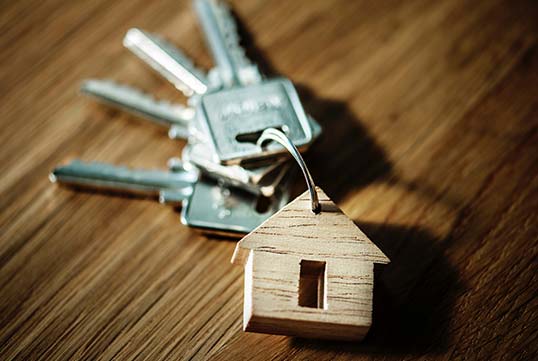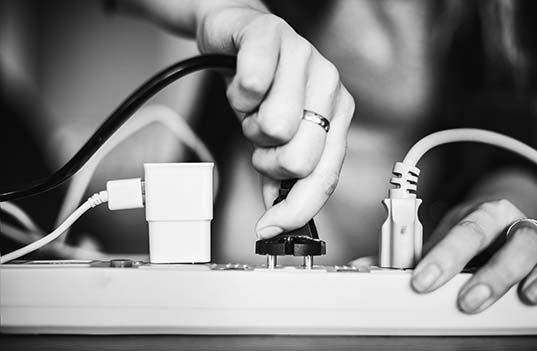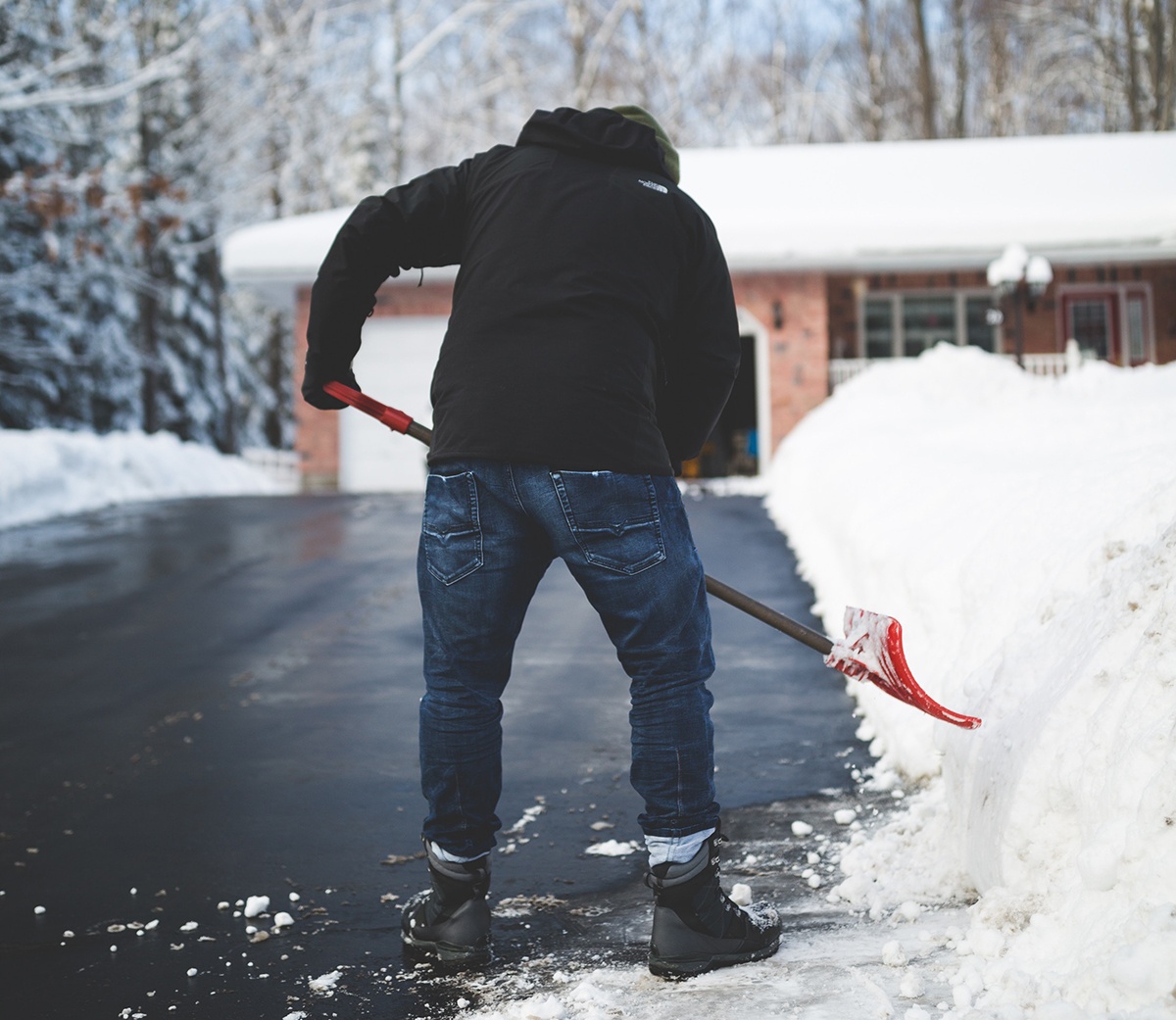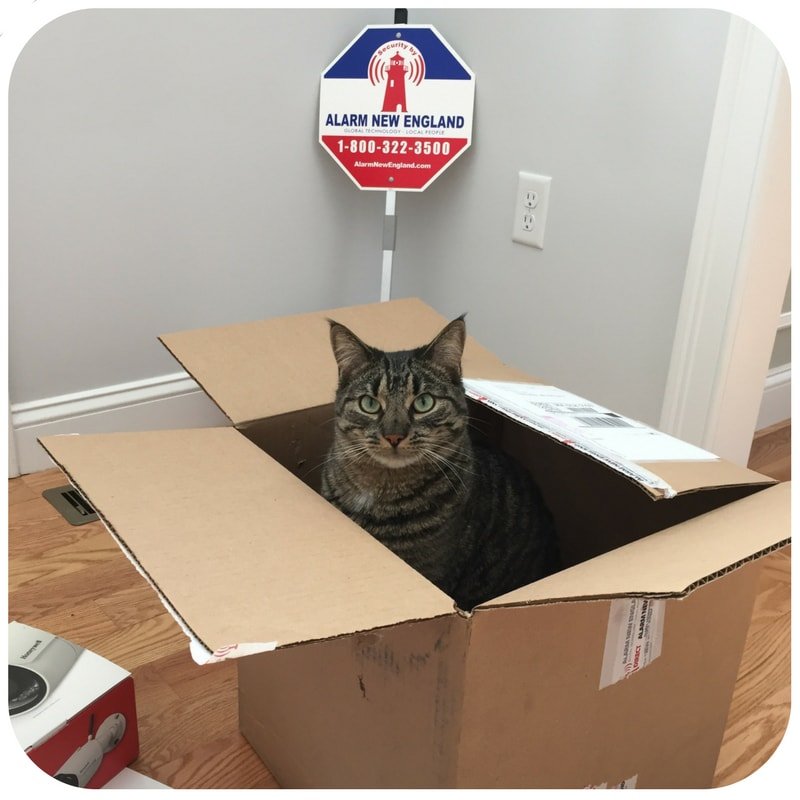Last Updated on January 22, 2025 by Alarm New England
Moving to a new home is always going to be a slightly stressful ordeal. Sure, it’s exciting too. But the process of actually moving all your belongings and settling somewhere new—that can be tough.
If you’re set to move in winter, this can cause a few more challenges. You might get better rates from moving companies because it’s their off-peak season, but bad weather and closed roads can make the move a little trickier. And if the heating hasn’t been on, you’re not going to have a warm welcome from your new home.
Here are are some winter moving tips to make moving in winter less stressful.
Communicate with your movers
You might have a date all set for the move, but extreme weather and closed roads can interfere with your plans. In the lead up to your move, keep checking in with your movers about weather or road updates.

Express your concerns if you think the harsh winter conditions might affect your move, and if you don’t think it’s safe to proceed with the move, ask if they can reschedule. The good thing is that fewer people move in winter, so rescheduling will likely be easier.
Have a backup plan
If things don’t go to plan and your moving plans are thwarted by bad weather or closed roads, it can be stressful to sort out plan B on the day. Instead, think about a backup plan before the move, and go over it with your movers.
Your backup plan could include a backup moving date, and a short-term accommodation plan if you can’t move into your new home but have to move out of your old house.
You could also think about alternative travel routes to suggest to your movers if certain roads become blocked or closed.
Make sure your new home is ready for the move
Before you start the move, it’s a good idea to check that everything is in order with your new home. Confirm that all the utilities work. You don’t want to move everything in only to find that you have no electricity, heating or hot water—especially not when it’s freezing outside.

If everything is in working condition, then you should think about how to protect your new home from damage during the move. With movers traipsing in and out, and furniture being moved, it’s a good idea to cover your floors. Covering your floors will protect them from wet and muddy shoes, as well as scuffs.
Don’t bother turning on the heating
When you first walk into your new home and it’s just as cold inside as it is outside, it can be tempting to rush and turn on the heating. But our advice is, don’t. This winter moving tip is about saving you money on wasted heating.

During the move, your doors are going to be open pretty much all day as people come in and out with furniture and belongings.
So even with the heating on, your new home’s going to be cold until the move is complete. And the last thing you want is to blast heating around the house, only to have it go straight out the front door.
Just layer up and brave the cold until the move is complete. This way, you’re not going to waste money trying to heat the house.
Double pack fragile and electronic items
Fragile items like china as well as electronics don’t do too well in the cold. Generally, items become more brittle and are more likely to break when the temperature drops.
So for fragile items and electronics, pack them inside two boxes, and pad the boxes with bubble wrap or tissue paper.
Clear a path to your old and new house
Snow can cause a lot of problems when moving. It can make the walk from the house to the van a dangerous one for you, your movers, and your belongings.

To speed up the moving process and make it a whole lot safer, make sure the pathways to both your old and new home are clear of snow. Look out for ice too, as this can be even more dangerous.
Salt or shovel the pathways to stop any accidents from occurring that might turn moving day into a day in the emergency room.
Take care of your pets
If you’ve got pets, the best way to take care of them during a move is to get them out of the way. A winter move can be difficult and even dangerous if the pathways are slippery, and if your furry friend is running around, it’s not going to make moving items any easier.

They may become tripping hazards or get hurt. So wait until after the move to introduce them to their new home. They’ll be happier out of the way anyway, and you’ll be able to focus on getting everything sorted.
Keep warm clothes and blankets nearby
Some things you don’t want to shove in a box in the moving van are your warm items, like extra layers, blankets, duvets and pillows.
During the move you’re likely going to feel the cold, so you want to have extra layers nearby if you need them. And once the movers are gone, it’s going to take your smart thermostat a little while to heat up the house. Having blankets ready means you can snuggle up until the heating kicks in.
Look after your movers
Moving is a tough job, especially in the winter. Your movers are going to be physically exerting themselves all day, and probably suffering from the cold too. A cup of hot cocoa or even a simple tea or coffee is always appreciated during winter moves.
You should also consider tipping your movers. They will likely charge you less than the normal rate if you’re moving in winter because it’s off season. But they work just as hard, if not harder during the winter.
Looking after your movers will make the move a happier one. And if you look after your movers, they’ll look after you!

